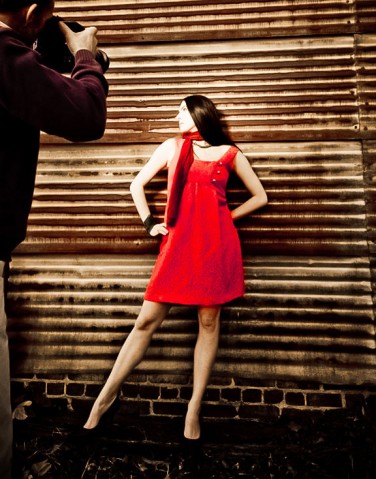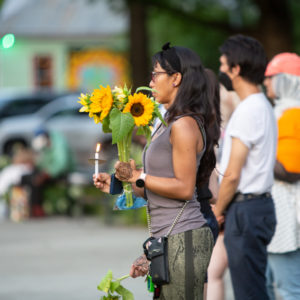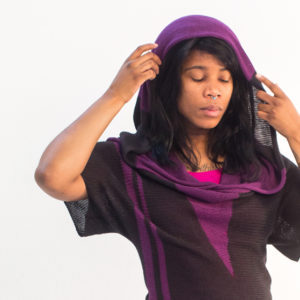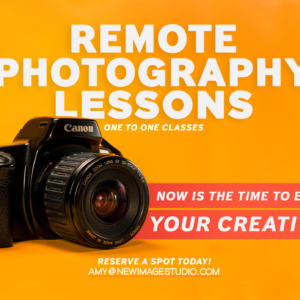All photography enthusiasts, get ready for a fusion of fun and knowledge!!…New Image Studio Raleigh is now launching their 2013 photography workshops, photography classes, photo safaris, and private photography lessons! Our photography workshops and private photography classes will teach you the knowledge you are seeking. Learn camera settings, design compositions, photograph models and learn about posing, photograph landscapes, work with high-end lighting techniques, and the list goes on! Our studio is conveniently located in the Raleigh, NC area. We are close to the downtown Raleigh area and are two-shakes of a lambs tail from Durham, NC.
Upcoming DSLR Raleigh Photography Workshop:
“The ABC’s of your DSLR”
March 3, 2013 at 1:00pm-3:30pm
Level: Beginner
Where: New Image Studio
Price: $150
Seats: 4 people (minimum)
RSVP by: February 23, 2013
Call: 919.307.7NEW to reserve your seat
Class Overview:
*This workshop is perfect for those of you who are beginner photography enthusiasts*
-Intimate, hands-on training with the New Image Studio Photographers
-Live studio portrait photography with model
-Using and understanding the ABC’s (fundamental settings) of your DSLR camera: ISO, f-stop, and shutter speed
-Learn how to design compositions
-Work with high-end studio lighting
DSLR ABC’s Workshop Study Guide:
F-Stop Aperture
The number used to describe aperture size. A smaller number is a larger opening. The smaller number results in less light needed to expose the image and less depth of field (less in focus), the smaller number will also result in less depth of field. The widest F-stop your lens opens up to will determine how much you will be able to shoot in low light situations without a flash. So if your lens opens up to F 2 or F2.8 or F4 or F5.6, that will tell you how your lens is. A larger number results in more light needed to expose the image and more depth of field (more in focus). When determining exposure, it is important to realize each full F-Stop equals one full shutter speed setting. Each of the following are full F-Stops: F2.8, F4, F5.6, F8, F11, F16, F22
Shutter Speed Basics
Shutter speed controls the amount of time that your digital sensor is exposed to light. The shutter is a small plastic sheet that opens and closes to allow light onto the digital sensor or film plane. The shutter is opened when you press the shutter release button on your camera to take a picture. The shutter speed determines how long the shutter remains open. There are medium format cameras that have the shutter in the lens instead of the camera body, but here I am referring only to DSLR cameras. Cameras will have a variety of shutter speeds often listed- but the following are full shutter speeds that would relate to full F-Stops when determining a proper exposure: 1/500, 1/250, 1/125, 1/60, 1/30, 1/15, 1/8, 1/4, 1/2, 1 second, 2 second and then as you double your exposure it equals another full F- stop. Unless you are trying to do some kind of creative motion blur it is best not to hand hold your camera below 1/60 of a second for 50mm or wider lenses, 1/125 for 135mm lens and 1/250 of a second for a 200mm lens. If you have a zoom lens then go with the longest focal length of the zoom. So, if you have a 70-200. then don’t go below 1/250, unless you are using a tripod or a monopod.
ISO
This is the light sensitivity of a digital sensor. The larger the number, the less light that is needed to capture the image. This sensitivity is measured by a formula developed by the International Standard Organization and is abbreviated as ISO. Once you understand shutter speed, F-Stops and ISO, it is time to pull them together to create a properly exposed image. Sometimes the photographer wants to underexpose an image or overexpose it, so everything is a guide which you can then tweak it to create the mood of your image. Proper exposure depends on the intentions of the photographer. Proper exposure is determined with the ISO, shutter speed, and aperture.

You have to determine which of these you need to set first. If you are doing a single portrait and you want the background to blur out of focus by choosing a wide F-Stop then that is fixed decision. if you are shooting with a 50mm lens and you know you can’t hand hold your camera lower than 1/60 shutter speed and you are inside, using window light, at the least ISO so you may have to use a high ISO to get the shot you want. If you are outside with the same situation you will go with a low ISO. Try to use the lowest ISO you can get away with. If there just is not enough light or the light is too flat and dull you may want to use a flash, strobe or tungsten light to create the mood you want.





